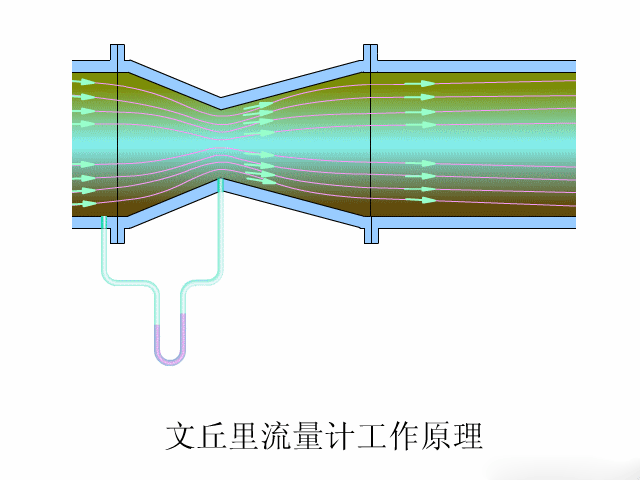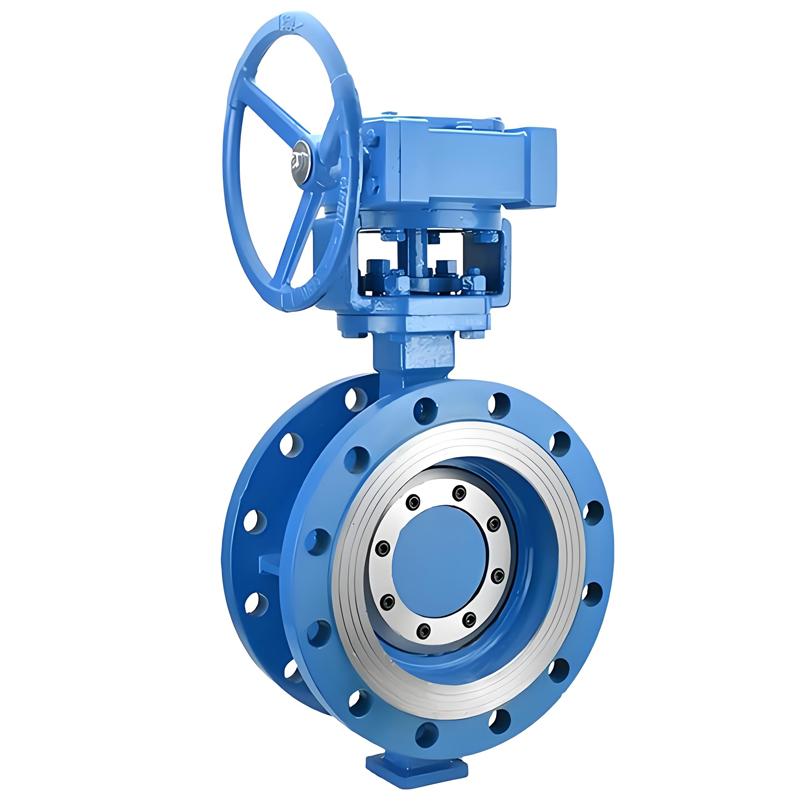What is a Venturi tube
The Venturi tube, also known as a Venturi tube or Venturi nozzle, is a device used to measure the pressure difference of a fluid. It uses the Bernoulli principle and the Cauchy equation in continuous fluid dynamics to generate a pressure difference when the fluid passes through the specially designed contraction and expansion shapes in the pipe, and converts this pressure difference into the measurement value of flow rate and flow rate.
Working principle of the Venturi Tube

The Venturi tube consists of a long conical pipe with a contraction section in the center of the pipe. The fluid increases in speed and decreases in pressure when passing through this contraction section; then gradually returns to its original state in the expansion section. By measuring the pressure difference between the contraction section and the expansion section, the flow rate and flow rate of the fluid can be derived.
Types of valves in Venturi Tube

The types of valves in Venturi pipes mainly include the following:
Constant air volume valve:
The function of this valve is to maintain a stable air flow output.
Bistable valve:
It can switch to provide two different air flow rates, namely the maximum flow rate and the minimum flow rate.
Variable air volume valve:
It has high responsiveness, can respond to instructions within 1 second, and achieve closed-loop control through flow feedback signals, thereby accurately adjusting the air flow.
The working principle of these valves is based on the Venturi effect, that is, when air flows through the valve, its opening area will automatically adjust according to the change of flow rate, so as to achieve detailed control of air flow. The Venturi effect refers to the fact that after air passes through a gradually shrinking pipe, the flow rate will increase significantly, and the pressure will decrease, thereby achieving precise control of air flow.
Why choose butterfly valve as Venturi Tube Valve

The reasons for choosing butterfly valve as Venturi Tube Valve mainly include the following:
Cost-effectiveness: The cost of butterfly valve is relatively low, usually about one-quarter of that of Venturi valve. This is an important consideration when the budget is limited.
Technical information asymmetry: Many users in the market do not have enough understanding of the technical characteristics of Venturi valves and butterfly valves, resulting in a considerable demand for butterfly valves in the market.
Low environmental requirements: In some occasions where environmental control requirements are not high, butterfly valves are fully competent and are therefore widely used .
Easy installation and maintenance: The butterfly valve has a simple structure, small installation space, light weight, and easy maintenance, which is suitable for occasions that require quick installation and maintenance .
What are the types of Venturi Tube Butterfly Valves
The types of Venturi Tube Butterfly Valves mainly include the following :
Wafer type butterfly valve:
In the design of the wafer type butterfly valve, the butterfly plate is installed along the pipe diameter to ensure that the valve is always in a fully open state. This design has a simple structure, small footprint, and light weight. The wafer-type butterfly valve provides two sealing methods: elastic sealing and metal sealing, which are suitable for various application scenarios .
Flange type butterfly valve:
The flange type butterfly valve adopts a vertical plate design, and the valve stem is an integral metal structure to ensure the stability of the valve. Its sealing ring adopts a composite sealing ring of flexible graphite plate and stainless steel plate, which is suitable for various media. Flange-type butterfly valves are suitable for occasions that require high stability and sealing effect .
Welded butterfly valve:
Welded butterfly valve is a non-sealed butterfly valve suitable for building materials, metallurgy, mining and power. It is suitable for pipelines with a medium temperature not exceeding 300°C and a nominal pressure of 0.1MPa, and can achieve medium connection, opening and closing or regulation.
Threaded butterfly valve:
The valve body of the threaded butterfly valve is provided with internal or external threads, which is convenient for connection with pipeline threads. This butterfly valve is widely used in building materials, metallurgy, mining and power.
Clamp butterfly valve:
The clamp butterfly valve has a reducer in the design to enhance the operating performance and is suitable for large-diameter pipelines. Its valve body is made of refined carbon steel, and the sealing ring is made of metal ring, which is suitable for occasions requiring frequent operation or high pressure.
These different types of Venturi tube butterfly valves have their own characteristics and applicable scenarios. Users can choose the appropriate type according to specific needs.
Post time: Mar-13-2025

